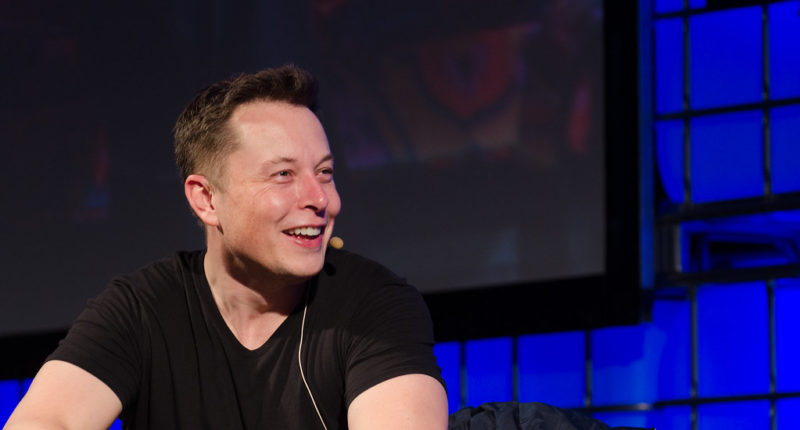Sending people to the moon for the first time since 1972. That’s the dream, isn’t it? Well, even though many people around the world might not be able to relate, Jeff Bezos and Elon Musk definitely do. Musk, the third richest person in the world, was in a head-to-head with Bezos, the richest person in the world. The reason, you ask? It was to grab a deal to lead the project that would be catapulting the human race back towards the moon, for the first time the cosmic feat was achieved almost five decades ago. SpaceX, the firm that is headed by Elon Musk, eventually emerged victorious in the competition, and managed to seal a deal worth $2.9 billion with the US’ National Aeronautical and Space Administration (NASA). It beat out the likes of Blue Origin, the company led by Jeff Bezos, and Dynetics Inc., the defense contractor.
Under the terms of the deal, SpaceX is directed to build a spaceship that will be able to carry astronauts towards the moon as early as three years from now, in 2024. The contract has been awarded for creating the first human lander in a commercial system, which will be a part of the Artemis fleet at NASA. Two American astronauts are slated to be carried to Earth’s natural satellite.
Elon Musk may have been quite sure of his victory, it may seem, as his company SpaceX ran the race alone in a bid to get the deal. Blue Origin, on the other hand, had multiple partners in Northrop Grumman Corp., Lockheed Martin Corp., and Draper. Dynetics Inc. is not an independent company, per say, and instead, happens to be a unit under Leidos Holdings Inc.
Once he had won the deal, Musk shared his happiness through Twitter (much like he always does with the smallest of things), by saying, “NASA Rules!!”. NASA too, announced the news through a video conference, with acting administrator Steve Jurczyk saying, “We should accomplish the next landing as soon as possible. If they hit their milestones we have a shot at 2024.” SpaceX was not to be left behind in the tweet fest, as it tweeted, “NASA has selected Starship to land the first astronauts on the lunar surface since the Apollo program! We are humbled to help @NASAArtemis usher in a new era of human space exploration.”
The Space Administration also elaborated on the design of the Starship, which is slated to be used as the spacecraft for the program. Complete with a roomy cabin, and having two airlocks designed for moon walks, the spaceship’s very construction will be such as to allow for a launch and landing system that is completely reusable. The Administration also said that the spacecraft design “leans on the company’s tested Raptor engines and flight heritage of the Falcon and Dragon vehicles.” With the mission, NASA is aiming at spending a much longer time on the lunar surface, which it sees as the first step in the ladder to send manned missions to Mars. This is what sets this mission apart from the previous Apollo missions which carried Neil Armstrong to the moon, back between 1969 and 1972.
Before the spacecraft is deemed fit to carry humans to the moon, a test flight of the Lander will have to be made by SpaceX, as revealed by Lisa Watson-Morgan, a NASA official.
This doesn’t seem to be a solitary mission either, as NASA plans to create recurring lunar services, and even intends to hold separate competitions for that.
Part of the reason why SpaceX was chosen was because it offered what would be called “the best value to the government”, according to Kathy Leuder, associate administrator at NASA.
Still, what came as a win for Musk, came as a clear loss for Jeff Bezos, who must have been hoping to grab the deal (especially now that he has ample time to focus on his space ventures after he announced that he’ll be stepping down from his post as the CEO of Amazon) as he is well-known to be a space enthusiast.
The Tech Portal is published by Blue Box Media Private Limited. Our investors have no influence over our reporting. Read our full Ownership and Funding Disclosure →






